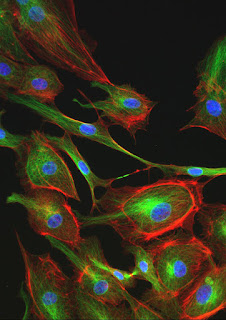There are quite a few
Mitutoyo thickness gages available, each with different features. This post helps explain the different types of thickness gages and their intended uses.
Measuring Lens Thickness
The
reverse anvil thickness gages are ideal for measuring lens thickness. These thickness gages are available in dial or digital output. Measurements can be made in metric or inches.
The digital reverse anvil thickness gages have the ability to transmit the data and save it to an excel file for further analysis.
Measuring Groove Thickness
The
blade anvil thickness gages were designed for measuring groove thickness. The groove thickness gages have a knife-shaped anvil and plunger to enable contact with the bottom of grooves.
The blade anvil thickness gages are available in either metric or inches. Digital versions can switch back and forth between mm or inches. Optional data output devices are available to record measurements.
Measuring Tube Thickness
The
tube thickness gages have a ball anvil and point contact that make these thickness gages ideally suited for measuring the wall thickness of tubes.
The tube thickness gages are available with an inch dial measurement, mm dial measurement or a digital version that can switch between inches and mm. The digital tube thickness gage has optional data output devices that can be purchased to record and save measurement data.
Measuring Larger Object Thickness
The
deep throat thickness gages are ideal for making measurements that might not be right next to the edge of the sample.
Deep throat thickness are available in metric dial gages, inch dial gages and in digital deep throat thickness gages. The digital version can switch back and forth between inches and metric measurements. Additionally, data output devices can connect to the digital thickness gage for data output.
Measuring Paper, Film, Wire, Sheet Metal
The
high accuracy digital thickness gage was created for high precision measuring. With accuracy of +/-0.00015" and resolution to 0.001mm the high accuracy thickness gage is perfect for measuring thin samples such as paper, film, wire, sheet metal and similar thin materials.
This thickness gage is available in only a digital version and can switch between inches and mm with an LCD reading as well as data output for SPC analysis.
Basic Thickness Measurements
The
flat anvil thickness gages were created for a wide range of applications with various types of measuring faces.
These flat anvil thickness gages are available in a wide variety of models including dial inches with different accuracy ratings as well as dial metric models. The digital versions of the flat anvil thickness gages can switch back and forth between a metric and inch readout. Data output devices are available for saving and outputting data to a computer.
Leaf Thickness Gages
The
leaf thickness gages are available in either inches or metric. Each leaf is marked with its thickness and is detachable from the fan of leaves. The leaves are available with a straight or tapered blade.
If you have a specific thickness measuring problem that you are trying to solve, please
contact Microscope World.








































































